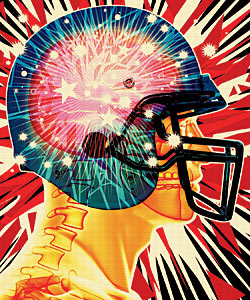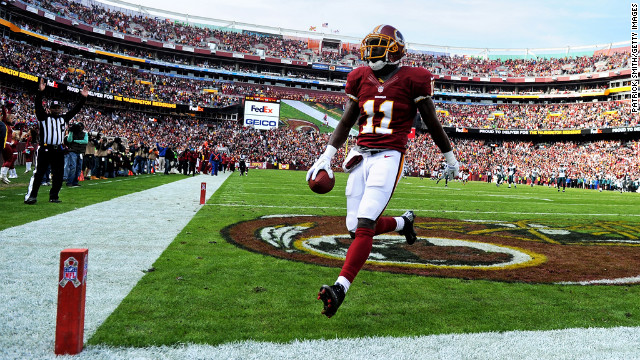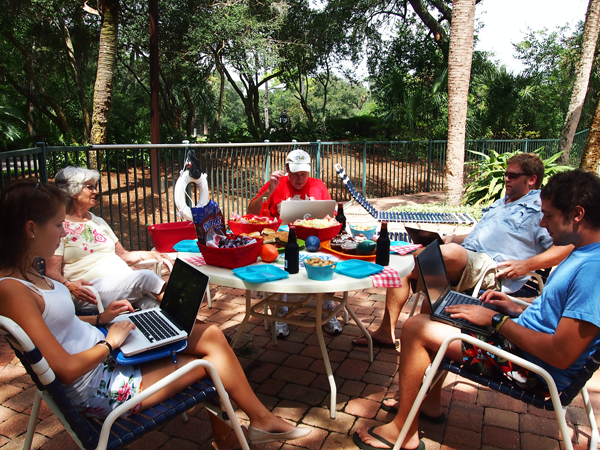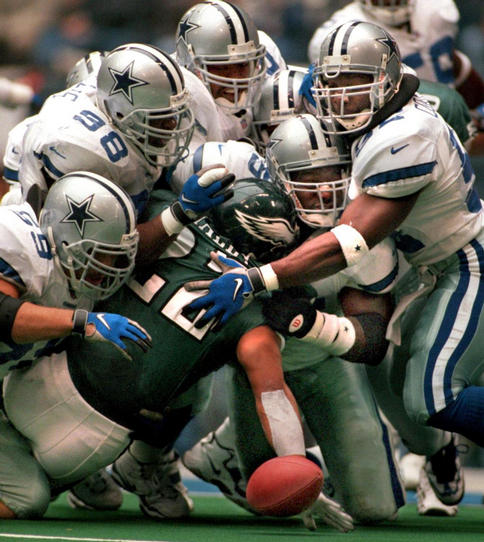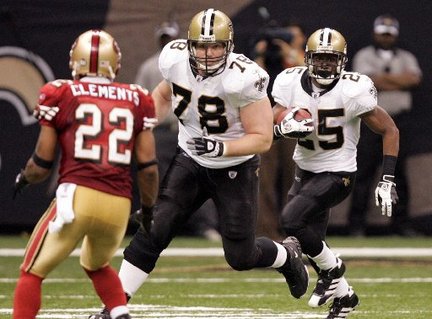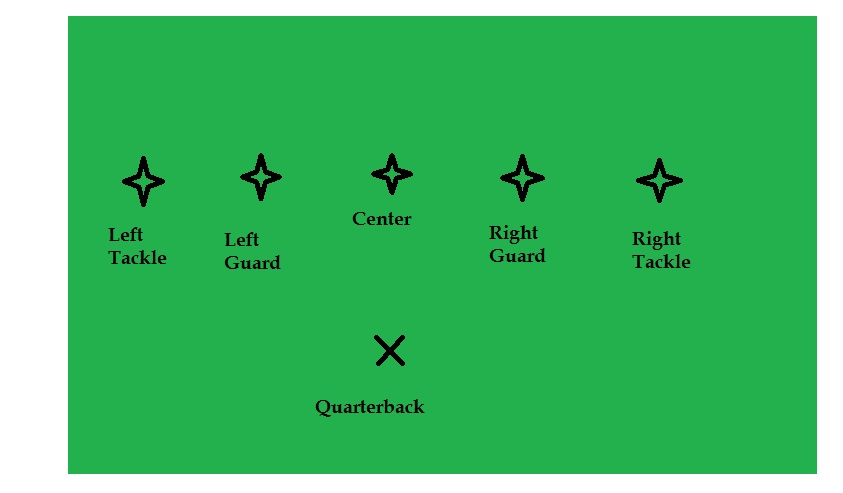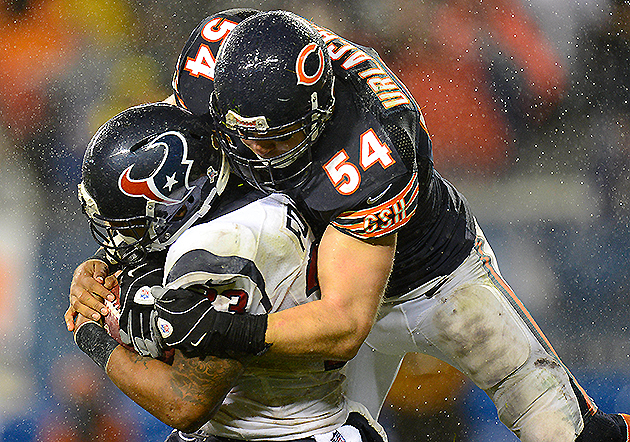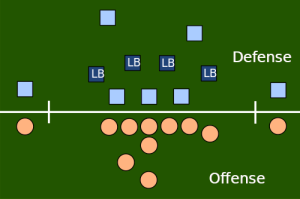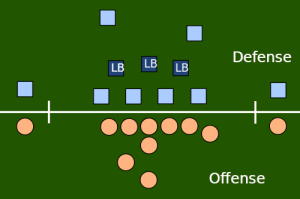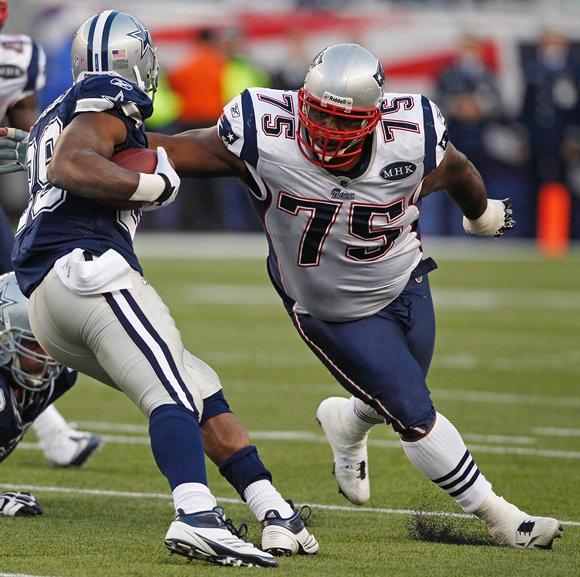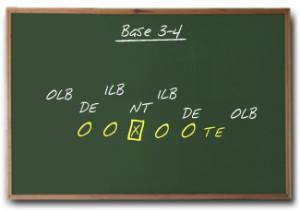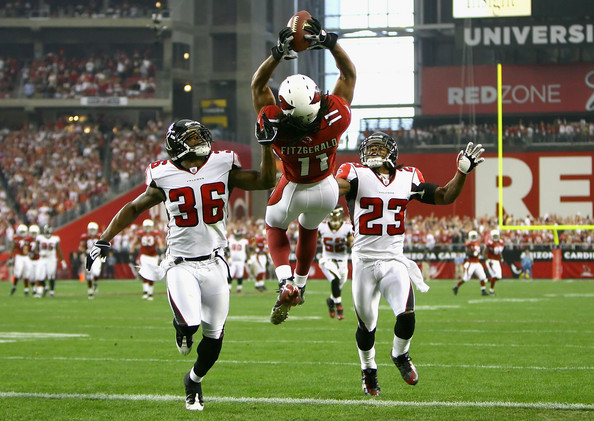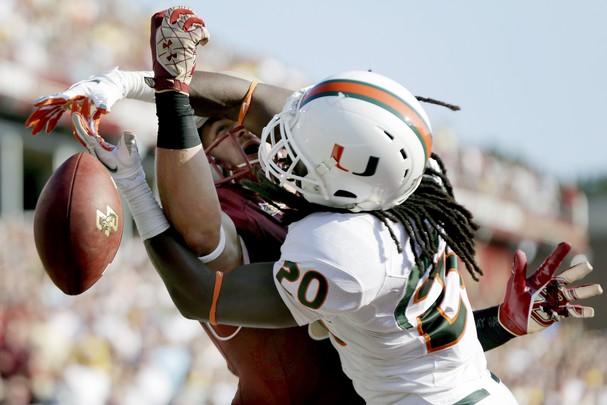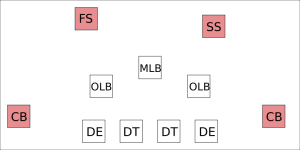Dear Sports Fan,
I read over the weekend that the NFL settled a lawsuit out of court with retired players on the subject of concussions. I know concussions are an increasing concern in sports. How should I feel about the NFL concussion settlement?
Thanks,
Tricia
— — —
Dear Tricia,
Every good settlement is going to leave people on both sides with mixed feelings. The agreement that the NFL made to give $765 million to retired players is no exception to that rule, but I think it is more good than it is bad. Here are a few reasons why:
People Need Help Now
Retired football players who are suffering from the result of head trauma need help now. This is clear from the high-profile suicides of former players like Junior Seau, Ray Easterling, and Dave Duerson as well as the heart-wrenching stories of Steve Gleason and Kevin Turner and many others who are alive but severely affected by early dementia and Alzheimer’s, ALS (Lou Gehrig’s disease, which has been linked in theory, even on nfl.com, to brain trauma), and other issues. You might expect NFL players to have enough money to take care of their own health care but salaries have only skyrocketed to the current in the past thirty one years since the 1982 strike and there is still an enormous amount of inequality within NFL player salaries. There are a lot of older players and less successful players out there who never made a lot of money. It’s conceivable for recent retirees to be rich beyond our wildest dreams, but if you look at the bigger picture you will find many stories like Terry Tautolo‘s, who ended up homeless.
Retired NFL Players are Not the Public
One of the best arguments you will hear for why this settlement is a bad thing is that it allows the NFL to avoid being forced to reveal in court how much it knew about the effect of concussions and when it knew what it knew. Daniel Engber of Slate.com makes this case forcefully but I don’t totally buy it. It’s easy to see parallels between this situation and Watergate or cigarette companies. The questions “what did they know” and “when did they know it” are instinctive because of those cases. A key difference is that this is a dispute between employees and an employer, not between a government and its citizens or a group of consumer companies and its customers. In terms of being truthful to the general football-watching public, the breach of trust is happening more now that the NFL is trying to market a softer, safer sport than it has in the past. If the NFL knew that it had an unsafe work environment (okay, obviously it’s unsafe, but I mean…really unsafe) and they actively hid information about the hazards from its employees, they should pay and pay punitively. The NFL owes its former employees but it does not owe the public nor would justice be served by its public humiliation or destruction.
It Ain’t Over Till It’s Over
This settlement does not preclude future lawsuits. NFL players like Scott Fujita, who wrote a great article in the New York Times about the settlement, know this. Fujita writes that he did not get involved in the lawsuit because he didn’t want to “risk watering down a potential award for so many people who are legitimately suffering. There are numerous former players experiencing a wide range of brain-related health issues. Right now, I’m not really one of them.” If he starts experiencing symptoms he is free to open his own suit against the league. The NFL knows this too, and that’s why the settlement is not just for players who actively participated in the lawsuit. Any retired player suffering from brain injury is entitled through this settlement to up to $5 million depending on their particular ailment.
A timeline of the lawsuits and settlements against cigarette companies over the past fifty years is a good reminder that the first settlement can be followed by later, larger settlements. The deadspin.com timeline of the NFL concussion issue only has one settlement on it so far but otherwise it looks chillingly similar.
It Would Have Been Tricky in Court
Although it seems obvious that a profession that involves being smashed repeatedly in the head had something to do with the damage done to its employees, it might have been very difficult for the players to win this case in court. Brain injury is more clearly understood all the time, but it remains frustratingly elusive both from a medical standpoint and a legal one. Matthew Futterman and Kevin Clark of the Wall Street Journal made this point convincingly in their article about the settlement:
Legal experts familiar with the case say the plaintiffs’ attorneys didn’t believe they had enough firepower to win in court. NFL lawyers were prepared to probe each plaintiff about his athletic history to try to convince the court the NFL couldn’t be held liable for injuries that could have come from youth, high-school or college football—or substance abuse.
The NFL has virtually unlimited resources to throw against their former employees in court. It might not have been a pretty sight. It still might not be.
Which Lesson Has Been Learned?
It’s easy to point at the overall value of the settlement relative to the wealth of the NFL and argue that the only lesson this will teach the NFL is that they can continue to get away with downplaying the danger of brain injury among their players. This doesn’t seem likely. For one thing, it’s clear from the history of the 2012 NFL referee labor dispute that the NFL often operates on principle instead of or in addition to finance. That the NFL reached a settlement suggests to me that it is ready to understand (or has already understood) that brain injury represents one of the biggest potential threats to its existence as an institution and profit-making machine. If this is true, the league will accelerate its initiatives to create a safer environment for current players.
Thanks for your question,
Ezra Fischer

